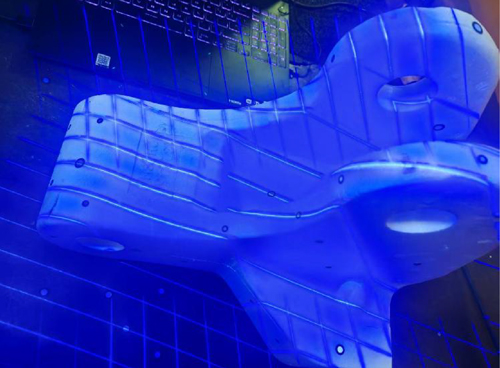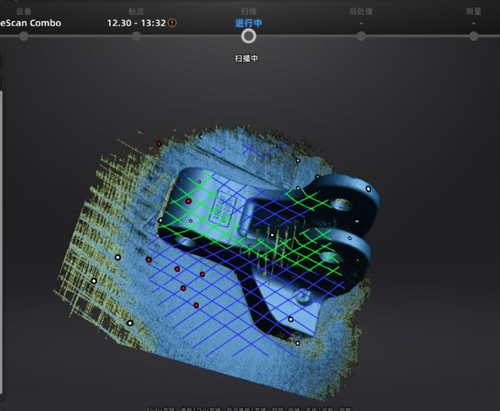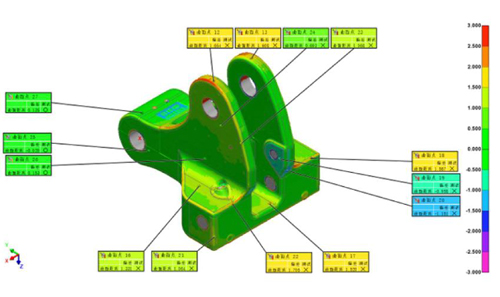Introduction to 3D Laser Scanning
3D laser scanning technology emerged in the mid-1990s and represents a significant breakthrough in surveying and mapping technology following the GPS spatial positioning system. It utilizes the principle of laser rangefinding to record a large number of dense points on the surface of the object being measured, including three-dimensional coordinates, reflectivity, and texture information. This allows for the rapid reconstruction of the three-dimensional model of the target object, as well as various data such as lines, surfaces, and volumes. As a new technology, it has been widely applied in fields such as factory inspection, deformation monitoring, large structures and the manufacturing of aircraft and ships.

Advantages of 3D Laser Scanning
High Precision: It can acquire 3D data of objects with high precision, with measurement accuracy reaching the micron level. It can capture the smallest details and complex shapes of the object's surface and can measure angles that are difficult to measure with calipers.
High Efficiency: Compared with traditional measurement methods, 3D scanning can quickly obtain a large amount of data in a short time, significantly reducing the data acquisition cycle and improving work efficiency.
Wide Application Range: For products such as wax patterns and lost foam models that are difficult to measure with calipers, 3D scanning can easily obtain 3D data to determine whether the dimensions are qualified. Compared with coordinate measuring machines (CMMs), 3D laser scanning technology is more convenient to operate and has a shorter scanning time.

Characteristics of 3D Laser Scanning in the Casting Industry
High Precision: 3D scanning technology can provide micron-level measurement accuracy, ensuring the accuracy of wax pattern size inspection results. This is crucial for the casting industry, which requires strict control of dimensional tolerances.
Non-contact Measurement: 3D scanning technology does not require contact with the surface of the wax pattern, avoiding damage or errors that may be caused by traditional contact measurement methods. This non-contact measurement method is particularly suitable for measuring fragile, easily damaged, or delicate wax patterns. Traditional wax and foam models have a common characteristic: low strength, easy deformation, and easy damage, which limits their measurement methods to be singular. For some unconventional dimensions, direct measurement is often not possible. 3D scanning effectively solves this problem, and its non-contact measurement method is very suitable for the dimensional measurement of wax, foam, and plastic resin materials.
Efficient Data Acquisition: 3D scanners can complete the comprehensive measurement of wax patterns in a short time, significantly reducing the inspection time. Through automated scanning and processing, the inspection efficiency can be further improved.
Visualization of Measurement Results: After scanning, the 3D scanner can quickly compare and fit the results with the product's 3D diagram. It can display the different dimensional states of the product in different color differences. The scanning results are presented in the form of 3D point clouds or mesh models, which can intuitively show the dimensional deviations and deformations of the wax pattern. This allows analysts to quickly identify problem areas and take corresponding corrective measures.

Development Trends of 3D Scanning Technology
Due to its high flexibility and good repeatability, 3D scanning technology can adapt to the inspection needs of wax patterns of various shapes and sizes. Additionally, the technology can be integrated with other software to achieve data sharing and reuse, providing strong support for the design, manufacturing, and optimization of wax and foam patterns. The future development trends of 3D scanning technology for wax pattern size inspection will include technological integration and innovation, high precision and portability, specialization and customization, cost reduction and popularization, as well as standardization and regulation. These trends will collectively drive the widespread application and continuous development of 3D scanning technology in the field of wax pattern size inspection.
Author:Kaiquan Dai